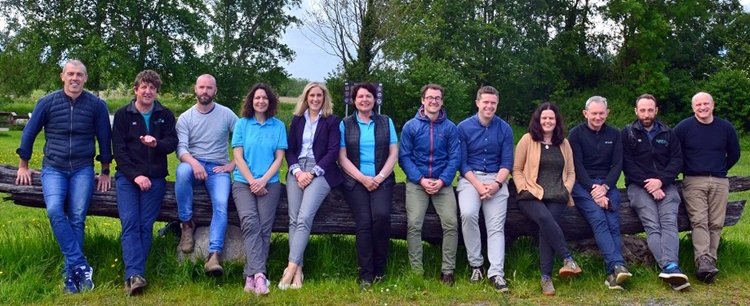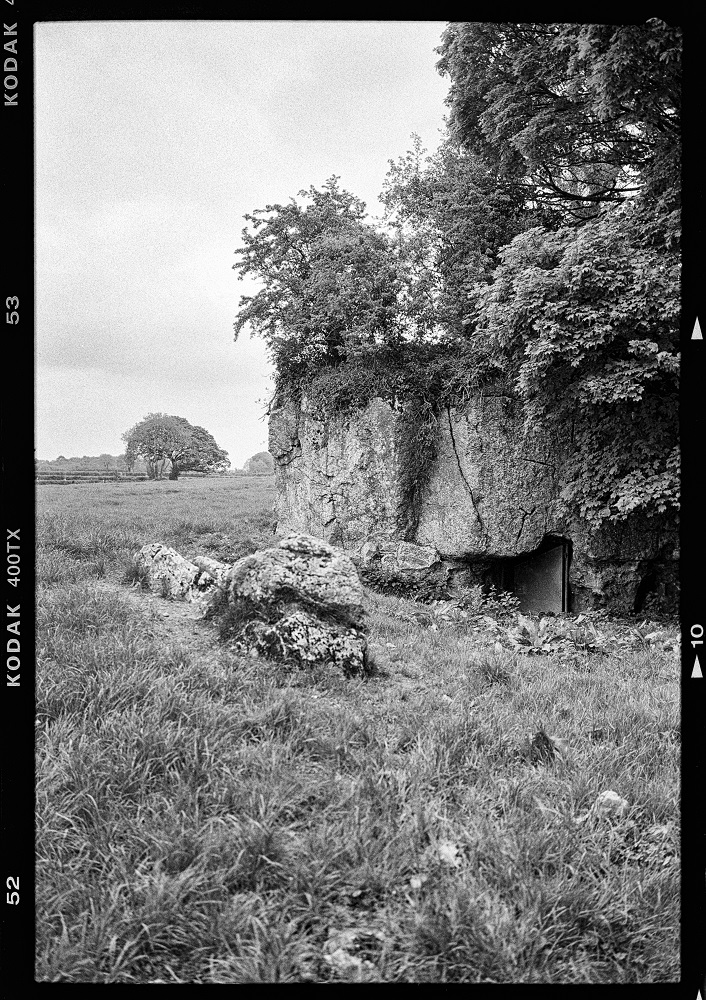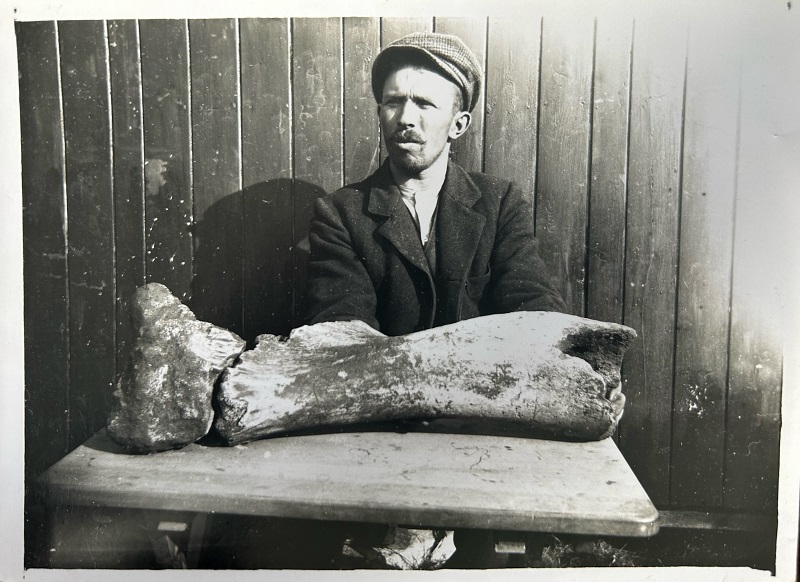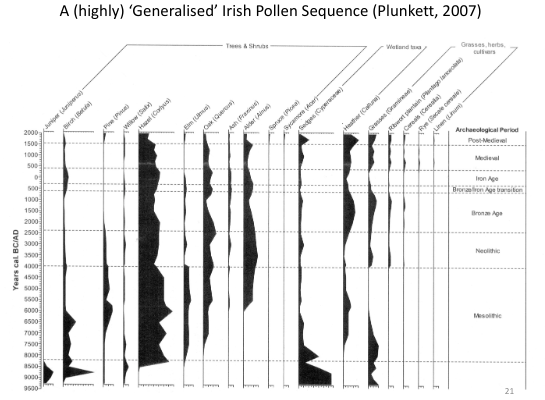
New curator every week, sharing how they work for Ireland's nature & environment // Curated by @cypbiodiversity 13/11 - 19/1+ // Managed by @NativeWoodtrust
3 subscribers
How to get URL link on X (Twitter) App


https://twitter.com/RhodoRangers/status/1645156917700968450?t=HuXhpIYzeBm1YgdddM-vAw&s=19





 Firstly, this is my immediate research area. Over the last 3 years I have been involved in numerous studies involving wolves and lynx, however the "speed of science" means few are published right now!
Firstly, this is my immediate research area. Over the last 3 years I have been involved in numerous studies involving wolves and lynx, however the "speed of science" means few are published right now!



 Kez is an ornithologist, bird ringer, President of @CopelandBirdOb and the @_BTO Regional Rep for Co. Down. Kez completed her PhD researching the Common kestrel in Ireland from Queen’s University Belfast!
Kez is an ornithologist, bird ringer, President of @CopelandBirdOb and the @_BTO Regional Rep for Co. Down. Kez completed her PhD researching the Common kestrel in Ireland from Queen’s University Belfast!


https://twitter.com/IrelandsEnviro/status/1656725752266489878?s=20


 2/n Most sediment inputs from forestry occur during forest operations.
2/n Most sediment inputs from forestry occur during forest operations.
















 Ruth is a (palaeo)zoologist, zooarchaeologist and Quaternary faunal specialist working in Ireland on commercial and academic projects for the past 20+ years.
Ruth is a (palaeo)zoologist, zooarchaeologist and Quaternary faunal specialist working in Ireland on commercial and academic projects for the past 20+ years.
 2/#Peat is remarkable for so many reasons, long regarded as of little 'use', now known to be an #ecosystem 'superstar' (TBD further tomorrow!) key for preservation of #Palaeoenvironmental + #Archaeological record. Photo: woody fen peat in auger @Calum_Sweeney_ @EcomuseumsLive
2/#Peat is remarkable for so many reasons, long regarded as of little 'use', now known to be an #ecosystem 'superstar' (TBD further tomorrow!) key for preservation of #Palaeoenvironmental + #Archaeological record. Photo: woody fen peat in auger @Calum_Sweeney_ @EcomuseumsLive 

 2/Dr Eileen Reilly (photo 1, r) passed away too young. Her #Palaeoentomological work was groundbreaking. Demonstrated presence of beetles in #prehistory now extinct/rare in 🇮🇪 many associated with wood/trees (Saproxylic), 'Urwald relict' group (see table!)
2/Dr Eileen Reilly (photo 1, r) passed away too young. Her #Palaeoentomological work was groundbreaking. Demonstrated presence of beetles in #prehistory now extinct/rare in 🇮🇪 many associated with wood/trees (Saproxylic), 'Urwald relict' group (see table!) 

 2/Difficult to summarise 1000s yrs in tweets! Image by Gill Plunkett @QUBelfast does good jobNB. highly generalised, much spatial variation across country; Key points: development of woodland as climate warms start of #Holocene hazel dominant, oak, elm, later alder, how dense?
2/Difficult to summarise 1000s yrs in tweets! Image by Gill Plunkett @QUBelfast does good jobNB. highly generalised, much spatial variation across country; Key points: development of woodland as climate warms start of #Holocene hazel dominant, oak, elm, later alder, how dense? 